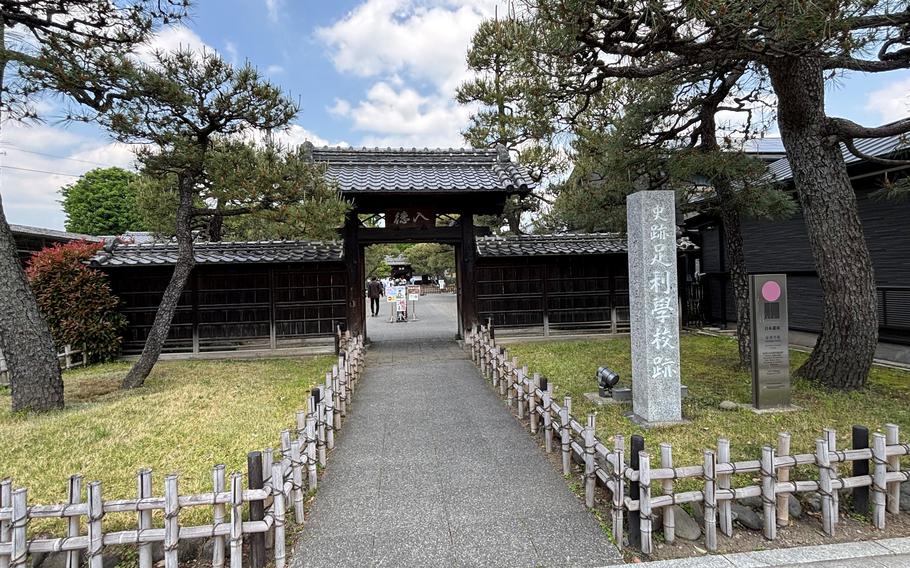
Ashikaga Gakko (Photo by Takahiro Takiguchi/Stripes Japan)
November is one of Japan’s most beautiful months as the landscapes transform into fiery crimson and orange hues. The season is a wonderful time to explore!
If you’re stationed at a base on in the Kanto Plain, you are lucky, as this area was home to the Edo Shogunate government and has many historical sites steeped in samurai tradition.
Ashikaga in Tochigi Prefecture is just one of the many in the region where you can experience the history and quiet countryside vibe covered in stunning fall foliage.
The small scenic city is about 80 kilometers north of Tokyo and within a three-hour drive from most Kanto bases. Ashikaga is home to Japan’s oldest university, a majestic Buddhist temple built in a samurai residence and a vast flower park selected by CNN as one of its “10 dream world travel destinations” in 2014.
My wife, daughter and I visited the area for a nice getaway earlier this year, but Ashikaga is beautiful year-round.
Ashikaga Gakko – Japan’s oldest university

(Photo by Takahiro Takiguchi/Stripes Japan)
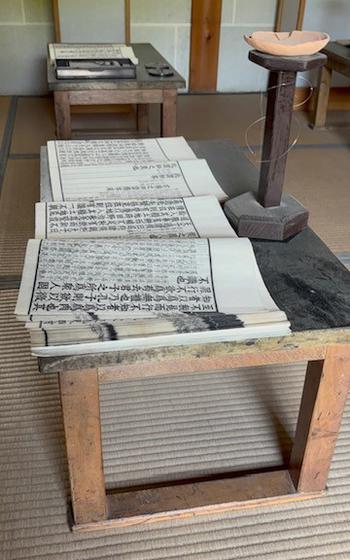
(Photo by Takahiro Takiguchi/Stripes Japan)
We kicked off day trip with a stop at Ashikaga Gakko, Japan’s oldest institution of higher education. Though its actual foundation is unknown, it is considered to have happened around the 11th or 12th century, according to a handout given at the entrance. The school was designated as a national historical site in 1921, then as a heritage site in 2015.
When we passed through an old wooden gate into the school, we saw several traditional wooden school buildings with thatch roofs, along with a typical Japanese-style garden.
The school buildings and garden were faithfully reconstructed according to Edo Period architecture, the handout said. On the grounds, you’ll also see many references to Confucianism and its founder, including statues and a shrine.
Inside, visitors can learn about the school’s history through artifacts and displays. My daughter enjoyed trying to answer a kanji quiz in the classroom. According to a school legend, a lucky pine tree in the garden can provide a phonetic transcription if an illegible kanji written on a piece of paper and tied to it. Fortunately, my daughter did not need to rely on the pine tree to pass her exam.
Bannaji – Samurai grounds turned into temple
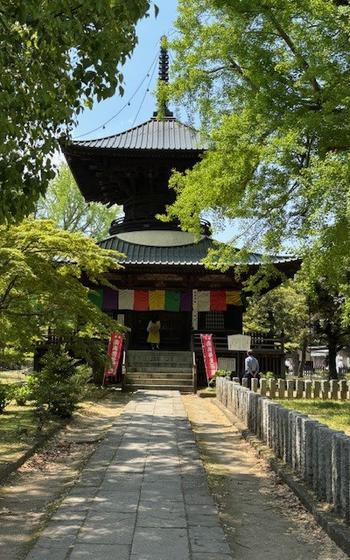
(Photo by Takahiro Takiguchi/Stripes Japan)
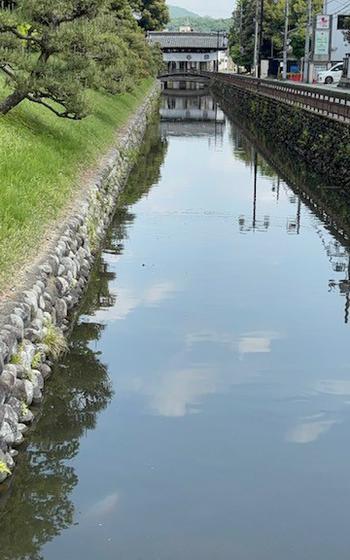
(Photo by Takahiro Takiguchi/Stripes Japan)
For our next stop, we walked along the stone-paved street toward Bannaji, an old samurai temple that looks more like a castle or citadel than a place of Buddhist worship.
Bannaji is known as a strong power spot in terms of divine power for success in exams, competitions, and the fulfillment of wishes. So, it is an auspicious place to make a wish.
Originally the temple was a residence for the Ashigaka Clan, a local samurai family. The home’s buildings, moats and stonewalls were transformed into the temple in 1197. The impressive temple hall built in 1299 by the Ashikaga clan was designated a National Treasure in August 2013.
The stunning architectural features and traditional design elements of the buildings harmoniously blend with the landscape. We felt like we were in a feudal castle, not a temple.
Ashikaga Flower Center
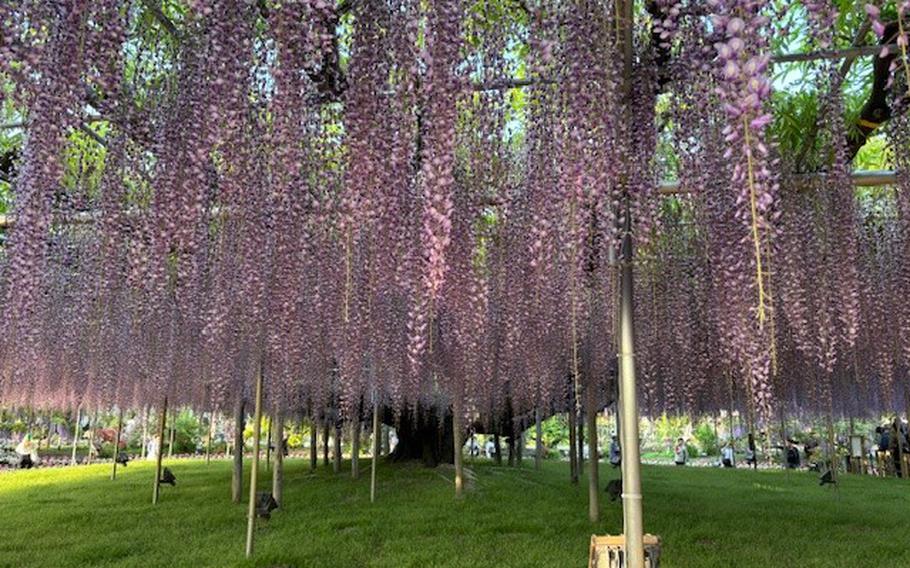
(Photo by Takahiro Takiguchi/Stripes Japan)

(Photo by Takahiro Takiguchi/Stripes Japan)
After a late lunch break at an unagi eel restaurant nearby, we took another 15-minute drive and visited our last stop, the Ashikaga Flower Center. This must-see attraction draws thousands of visitors trying to catch the seasonal blooms.
During our visit, it was wisteria season so the garden was covered in soft purples, blues and pinks.
The flower park, founded in 1997, houses two 160-year-old wisteria trees that cover about 1,200 tatami mats (about 2,000 square meters) and an 80-meter-long tunnel of white wisteria. As the gardens of seasonal flowers were divided into eight areas in the 94,000-square-meter park, it took us more than three hours to check out the millions of flowers.
In November, the wisteria tunnels are gone, but the venue hosts an equally vibrant “Garden of Illumination Flowers.” This is one of the three big Kanto illuminations and runs through Feb. 15, 2026.
Plan a trip to immerse yourself in the incredible sights of Ashigaka this fall and winter!
Ashikaga Gakko: https://www.ashikaga-kankou.jp/en/spot/ashikagagakko
Bannaji: https://www.ashikaga-kankou.jp/en/spot/bannaji
Ashikaga Flower Park: https://www.ashikaga.co.jp/english/index.html


AloJapan.com